Your problem seems to be related to the Offset voltage - see Onsemi’s LM358 datasheet, that I highlighted in blue rectangles the Offset voltage (top) and Common mode input voltage range (bottom).

As you seen in Green, the LM358 can go to Zero volt. But management of the Offset voltage needs more attention, as it can be as high as 7~9mV,in Yellow, with nominal values around 2mV. Multiplying by your Gain = 10, we have an offset from 20mV to 70~90mV. The offset on the output values you found are aligned with this.
It means that, even if you have a well-balanced Wheatstone bridge, measuring at 0°C (unbalance = 0mV), you would have the offset error as described above. You have “50%” chance that your offset goes to the positive side, where the output will be positive.
The other “50%” is worse, as the output would try to go below 0 Volt, but your single-rail power supply does not offer that and you will have a non-linear response for signals of small amplitude, near zero, due to “negative offset”.
Another post here discusses possible ways to implement offset-null adjustments for an Op-Amp that does not have offset adjustment pins.
Supplement - Offset adjustment
Repositioning the voltage output &
Fine-balancing the Wheatstone bridge:
As another answer informed, the Output voltage of the LM358 may not be able to swing near GND rail, depending of the load impedance.
Uses of the Offset adjustment: Offset adj. could set the “zero” temperature to zero output (original answer), but also could correct small unbalances in the Wheatstone bridge - I forgot to mention that.
Furthermore, an “oversized” offset adj. could be used to compensate not just 10mV, but up to 50~100mV of offset; this would result in higher output voltage swing, where 500mV~1V would then signify “zero” Temperature.
Minimum voltage, Zero °C and Sensor check: The intentional offset of zero signal could be helpful to verify if instrumentation is working properly, like famous industrial instruments using 1-5V or 4-20mA for remote transducers.
For instance, If your “Arduino” or CPU sees less than “1V”, there is a broken wire or another problem. Obviously you will loose some excursion range (e.g. 0-5V now being 1-5V) in terms of the digital conversion & resolution, where I think loosing less than 1 bit but gaining a higher confidence (things running OK and properly connected) is more than worth the extra effort.


